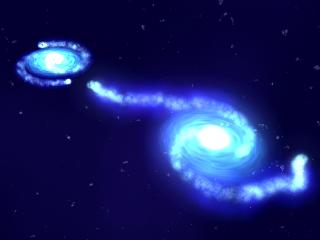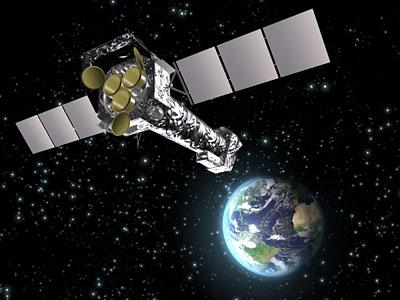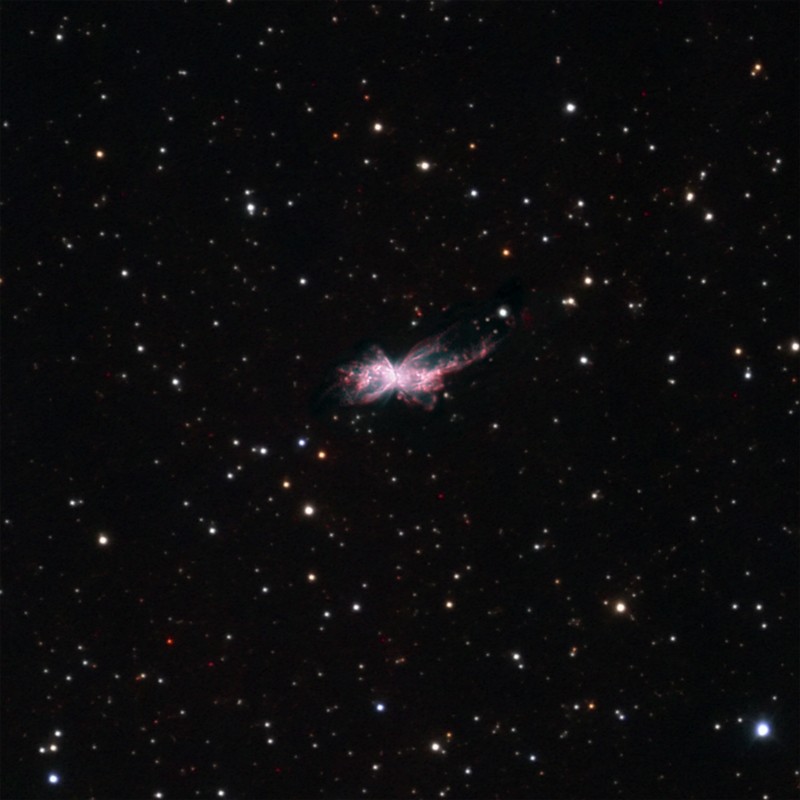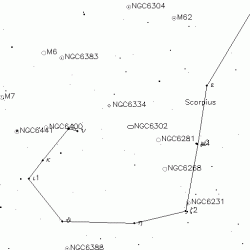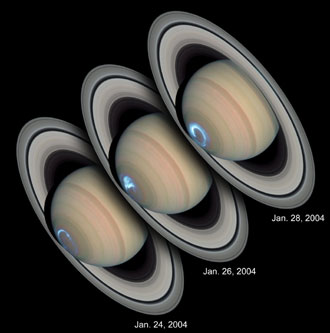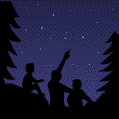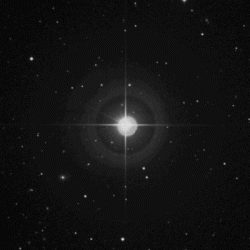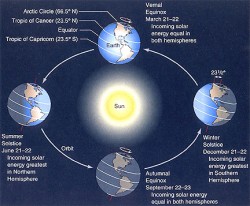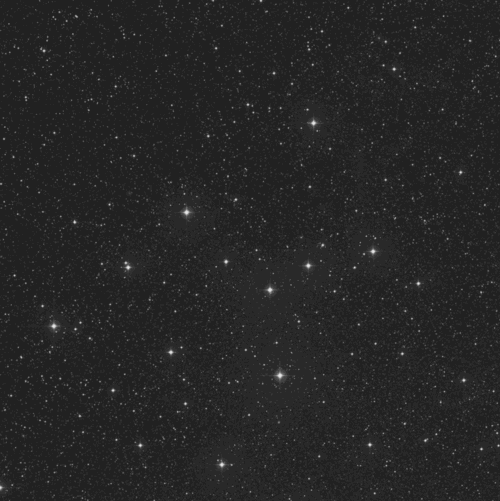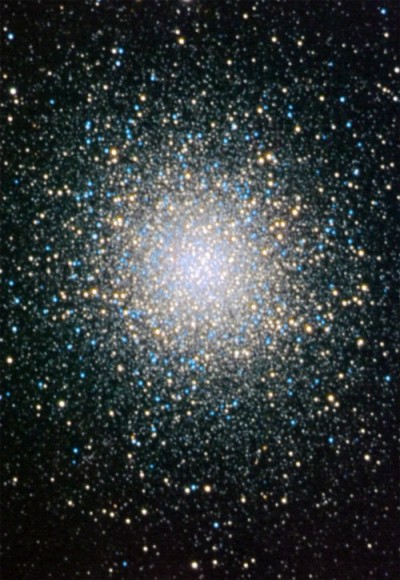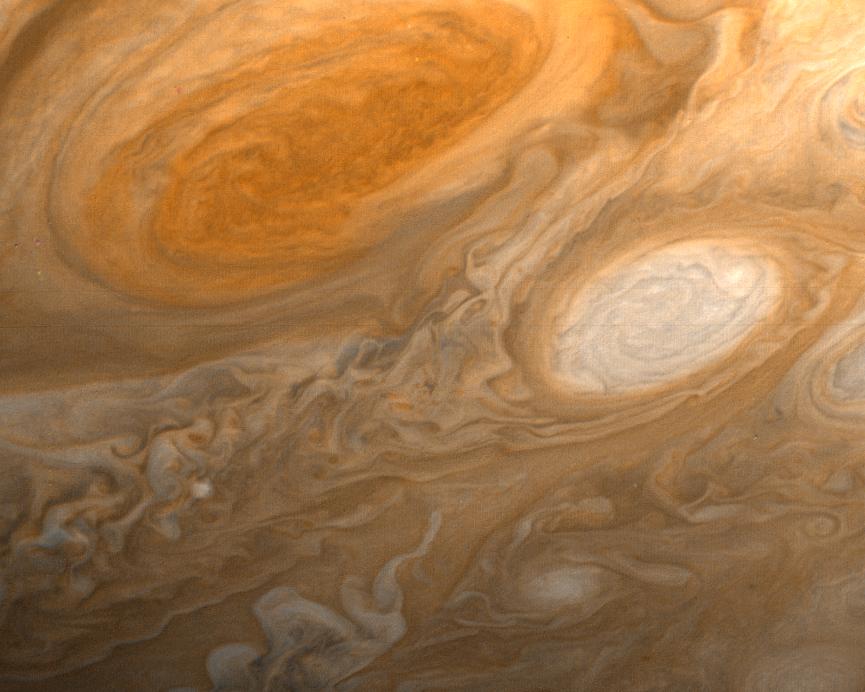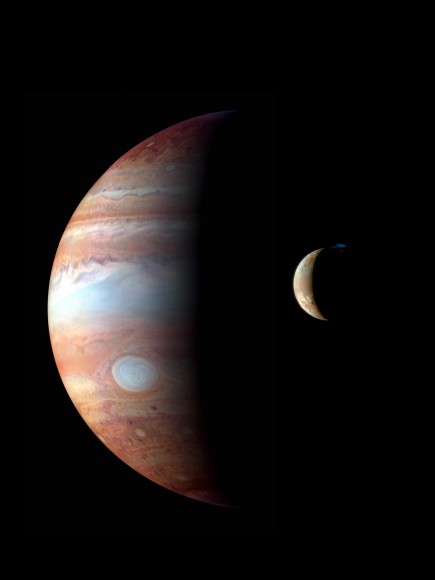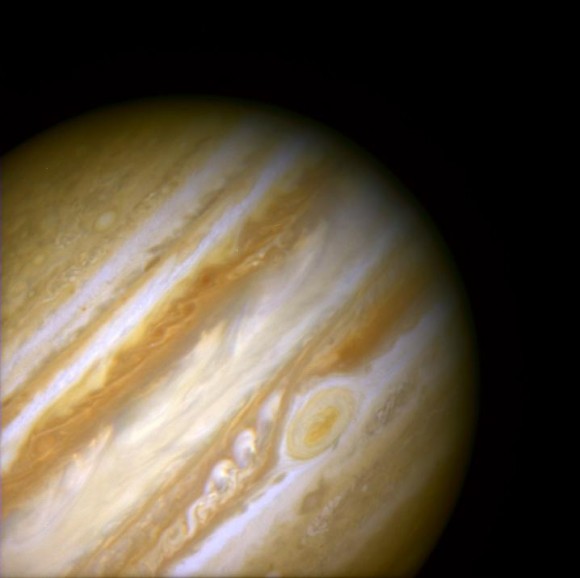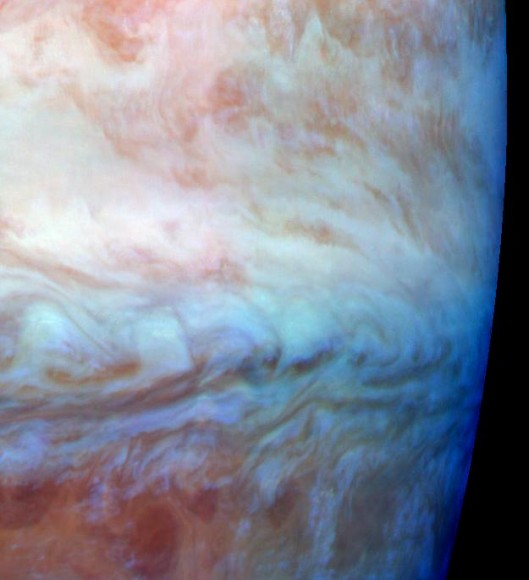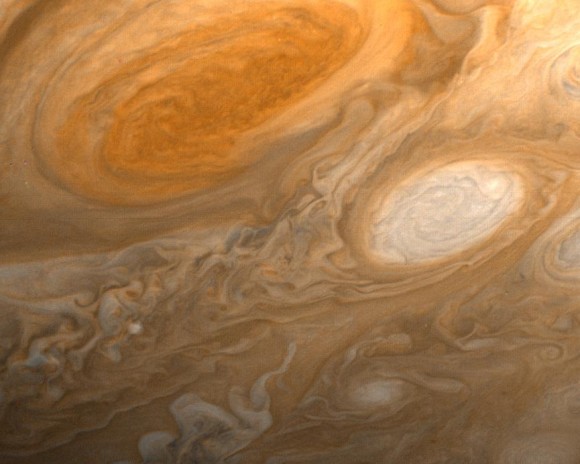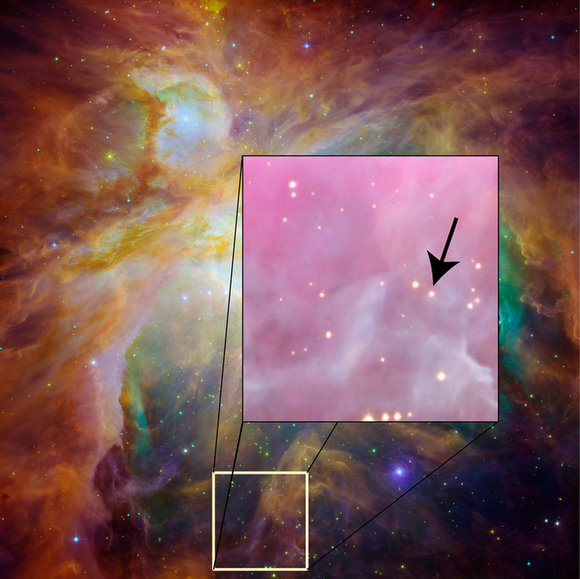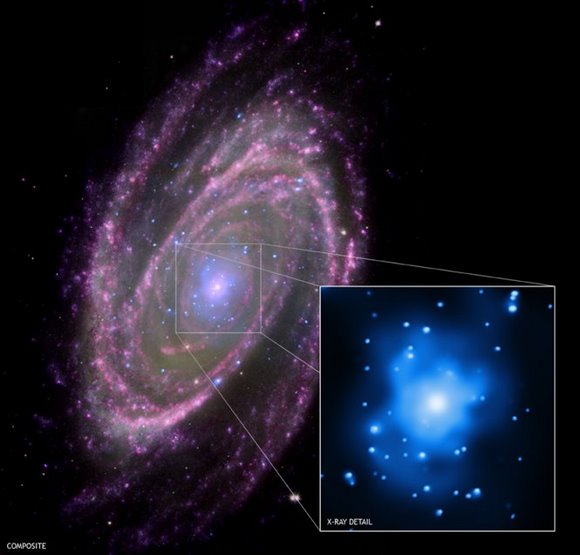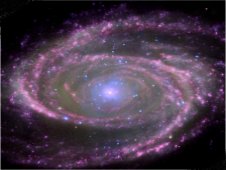Seyfert galaxies appear to be normal spiral galaxies, but they have fluctuating bright centers. And now, their deep-down, hidden nature has been revealed: they are cannibals. While visible-light images didn’t provide much evidence that these galaxies had any interaction with their neighbors, radio-telescope images from the Very Large Array revealed that Seyfert galaxies are snacking on neighboring galaxies, with the “meal” feeding the supermassive black hole at their centers. Astronomers had suspected this was the case, but until now, they didn’t have the evidence to support the idea.
One leading theory said that the fluctuations seen in Seyfert galaxies’ centers were caused by close encounters with neighboring galaxies. The gravitational encounters stirred up gas from the neighboring galaxies and brought it within reach of the black hole. However, when astronomers looked at Seyferts with visible-light telescopes, only a small fraction showed any evidence of such an encounter. Now, new images of hydrogen gas in Seyferts made using the National Science Foundation’s Very Large Array (VLA) radio telescope show the majority of them are, in fact, disturbed by ongoing encounters with neighbor galaxies.
“The VLA lifted the veil on what’s really happening with these galaxies,” said Cheng-Yu Kuo, a graduate student at the University of Virginia. “Looking at the gas in these galaxies clearly showed that they are snacking on their neighbors. This is a dramatic contrast with their appearance in visible starlight,” he added.
The effect of the galactic encounters is to send gas and dust toward the black hole and produce energy as the material ultimately is consumed. Black holes, concentrations of matter so dense that not even light can escape their gravitational pull, reside at the cores of many galaxies. Depending on how rapidly the black hole is eating, the galaxy can show a wide range of energetic activity. Seyfert galaxies have the mildest version of this activity, while quasars and blazars are hundreds of times more powerful.
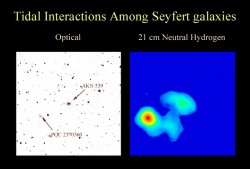
The astronomers picked a number of relatively nearby Seyfert galaxies that had previously been observed with visible-light telescopes. They then carefully studied the Seyferts with the VLA, specifically looking for radio waves emitted by hydrogen atoms. The VLA images showed the vast majority of the Seyferts were disturbed by encounters with neighbor galaxies.
By comparison, similar VLA images of inactive galaxies showed that very few were disturbed. “This comparison clearly shows a connection between close galactic encounters and the black-hole-powered activity in the cores,” said Ya-Wen Tang, who began this work at the Institute of Astronomy & Astrophysics, Academia Sinica (ASIAA), in Taiwan and now is a graduate student at the National Taiwan University.
“This is the best evidence yet for the fueling of Seyfert galaxies. Other mechanisms have been proposed, but they have shown little if any difference between Seyferts and inactive galaxies,” Tang added.
Original News Source: National Radio Astronomy Observatory

